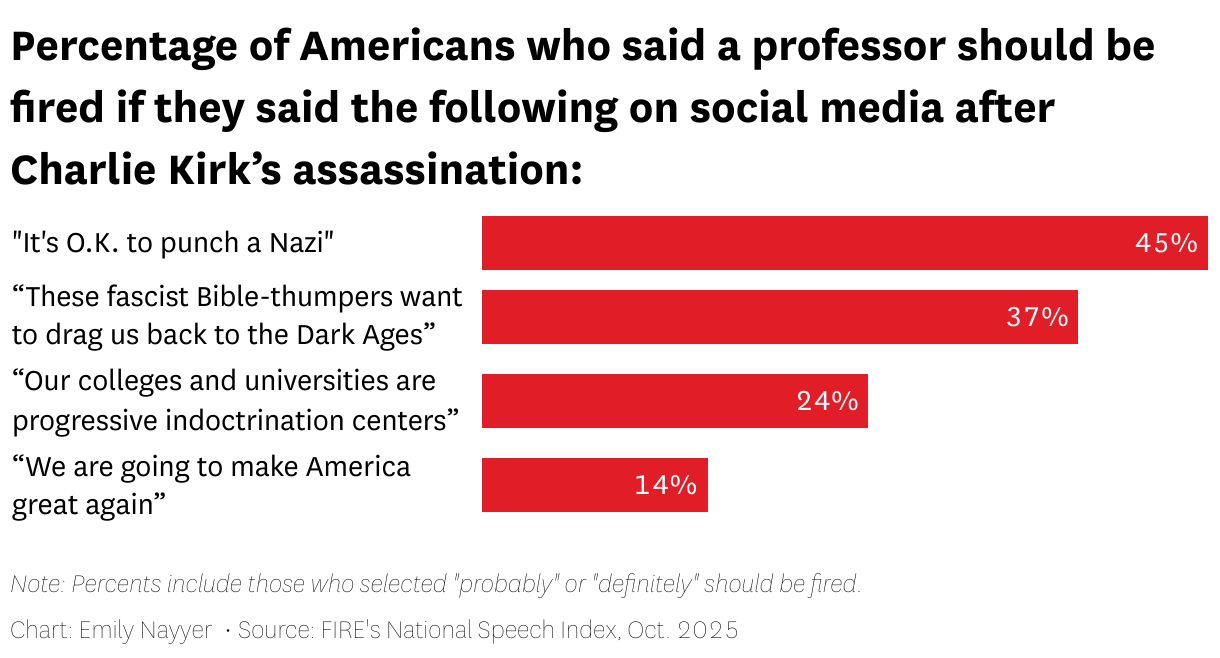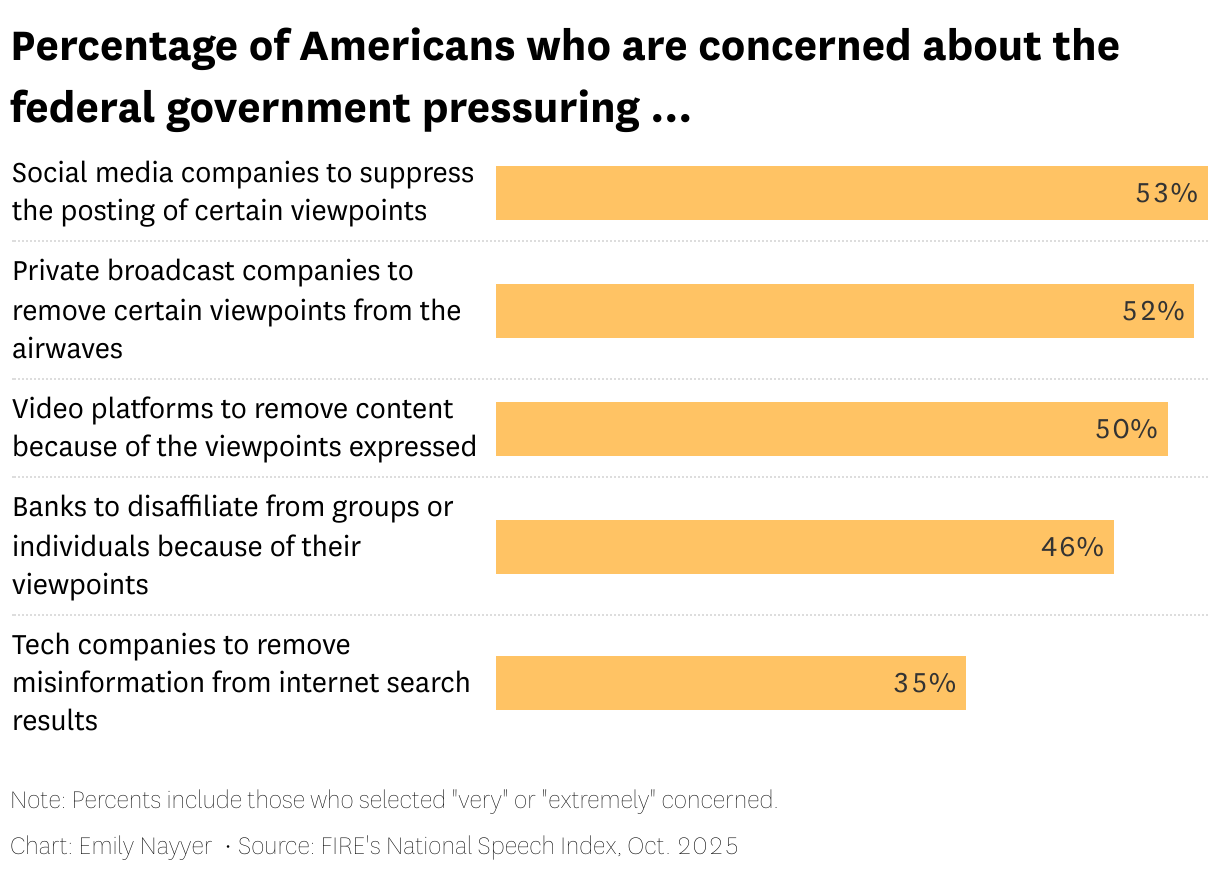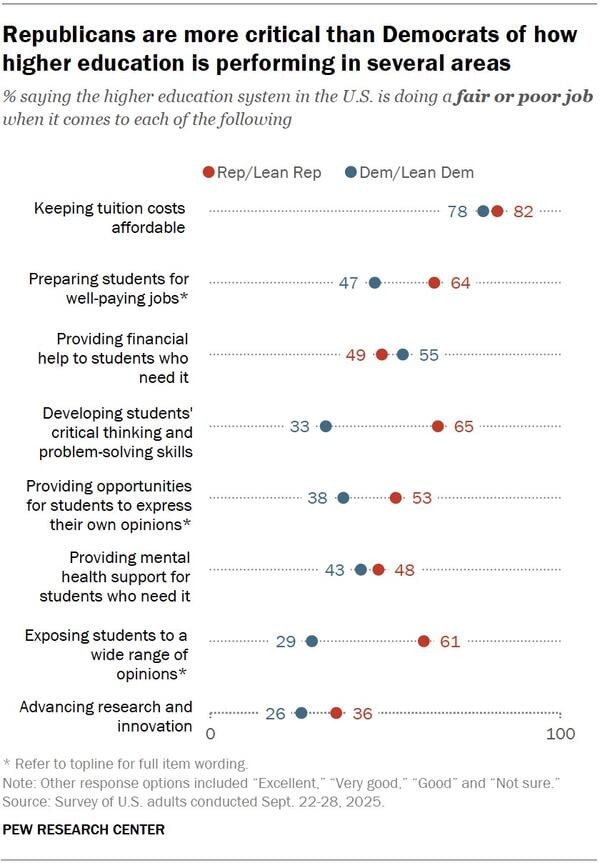Back in January 2024, John Blake, the now-departing Office for Students’ Director for Fair Access and Participation, was talking about the future of access and participation plans.
Alongside announcing additional groups of students who might be at risk – service children, young carers, prisoners, commuter students, parents, and Jewish students – noted that “sense of belonging” had appeared in lots of evidence reviews as relevant to many of the risks.
I’d urge providers to think hard about practical, enduringly impactful work they might do around that idea as part of new APPs.
Now that all the approved APPs are in, I’ve had a look at what providers are actually proposing.
I’ve reviewed approved access and participation plans from across the sector in England, extracting every mention of belonging as a strategic priority, every identification of belonging deficits as a risk, and every intervention designed to address them.
The result is a picture of how the sector understands and responds to belonging challenges. The pattern I’ve found is so consistent across provider types, mission groups, and geographical locations that it ought to amount to a sector-wide consensus about how to “do” belonging.
The problem is that that consensus appears to be fundamentally at odds with what research tells us about how belonging actually works.
The deficit model at scale
Nearly every university identifies that specific disadvantaged groups – Black students, mature students, care-experienced students, disabled students, commuter students, students from IMD Quintile 1 – report lower belonging scores than their peers.
They then design targeted interventions to address this deficit – peer mentoring schemes for Black students, mature student networks and “mingles”, care-experienced student buddy schemes, disability-specific student groups, commuter-specific transition support.
The interventions are pretty homogeneous. Birkbeck is running “sustained programmes of Black Unity Events” to “provide a space for Black students to authentically be themselves, form connections and friendships”. Leeds Arts has created “My/Your/Our Space” – a “safer space and community relevant to background” specifically for students of minoritised ethnicities. Northampton has developed a “Black Excellence Programme” designed “to empower Black undergraduate students early on in their transition to level 4 courses with the confidence, sense of belonging and mattering to become resilient leaders and role models”.
Greenwich has implemented the “Living Black at University Project to support BAME students develop a sense of belonging and community outside of the classroom”. Liverpool John Moores is “developing a Black students peer network via JMSU, focusing on creating a black student community”.
It’s not just ethnicity. For mature students, East Anglia will “continue specific co-created sense of belonging opportunities for groups of students to meet socially” through a mature student network. Leeds is expanding a “middle ground network pilot” – “co-creating spaces (virtual, physical) for mature and ‘younger mature’ students to help develop a greater sense of belonging”. Bristol is implementing “enhanced mature student community building through mingles, student advocate-led events, and an extended mature student welcome and transition programme”.
The pattern is almost identical across every characteristic. Care-experienced students get targeted belonging interventions at York (“Achieve HE program aims for increased sense of belonging socially and academically”), Durham (“dedicated mature learners coordinator” aims for “increased sense of belonging”), and Portsmouth (specialist support for “enhanced sense of belonging”). Disabled students get belonging-focused societies and groups. Commuter students get special spaces. And so on.
Nearly every institution frames belonging as something that specific groups lack, and that requires special intervention to remedy. The language is consistent – students from disadvantaged backgrounds “may struggle to feel they fit in”, “can lack a sense of belonging at university”, “feel disconnected from their academics/tutors and/or fellow students”, and “feel isolated or unsupported from the moment they arrived at University”.
The Wisconsin problem
I’ve talked about this before here, but about a decade ago, there was a problem at the University of Wisconsin-Madison. Across a collection of STEM courses, there was a significant achievement gap between marginalised groups (all religious minorities and non-White students) and privileged students.
Psychology professor Markus Brauer had an idea based on his previous research on social norms messaging – communicating to people that most of their peers hold certain pro-social attitudes or engage in certain pro-social behaviours.
He started by trying out posters, then showed two groups of students videos. One saw an off-the-shelf explanation of bias and micro-aggressions. The other saw lots of students describing the day-to-day benefits of diversity – a “social norms” video revealing that 87 per cent of students actively supported diversity and inclusion.
The latter video had a strong, significant, positive effect on inclusive climate scores for students from marginalised backgrounds. They reported that their peers behaved more inclusively and treated them with more respect.
But by the end of the semester, the achievement gap was completely eliminated. Not through remedial support for struggling students, not through special programmes for disadvantaged groups, but through changing what everyone believed about what everyone else valued.
The Wisconsin intervention didn’t create a “Black Student Success Program”, didn’t offer “enhanced support for marginalised students”, and didn’t build “safe spaces” for specific groups or train “allies” to support disadvantaged students. It told all students the truth about what their peers already valued – and behaviour changed dramatically.
The research found that while most students genuinely valued diversity, they incorrectly believed their peers didn’t share these values, and the misperception created a false social norm that discouraged inclusive behaviour.
Students who might naturally reach out across cultural boundaries held back, thinking they’d be the odd ones out. When you correct that misperception – when you say “actually, 87 per cent of your peers actively support diversity” – you transform intervention from an exceptional act requiring special training into standard behaviour.
But most elements of the dominant APP approach do the opposite:
- Wisconsin said: “Most students already value diversity – here’s proof”. UK universities say: “We need to create spaces where Black students can feel they belong”
- Wisconsin said: “Inclusive behaviour is normal here”. UK universities say: “We’ll train mature students how to access support networks”
- Wisconsin said: “Let’s change what everyone thinks everyone else believes”. UK universities say: “Let’s give disadvantaged groups the resources they lack”
The Wisconsin research explicitly warns against the dominant approach. As the researchers note:
“…empowering marginalised groups through special initiatives can paradoxically highlight their ‘different’ status, reinforcing the hierarchies we’re trying to dismantle.
Power and perception
To understand why the targeted approach fails, we need to examine how power operates in university settings. Brauer’s research identifies several key dynamics.
Power shapes perception – those with social power tend to stereotype less powerful groups while seeing their own group as diverse individuals. Power also affects behaviour – powerful individuals act more freely, take bigger risks, and break social rules more often. In seminars, confident students dominate discussions while others remain silent – not because they lack ideas, but because power dynamics constrain their behaviour.
Most importantly, power creates attribution biases. When powerful people succeed, we attribute it to their personal qualities. When less powerful people fail, we blame their circumstances. This creates self-fulfilling prophecies that reinforce existing hierarchies.
The dynamics explain why traditional EDI initiatives often fail. Telling powerful groups they’re biased can actually reinforce stereotyping by making them defensive. Meanwhile, “empowering” marginalised groups through special initiatives paradoxically highlights their “different” status, reinforcing the hierarchies we’re trying to dismantle.
For Brauer, the students don’t lack belonging. The institution lacks inclusive structures that make belonging feel normal. There’s a profound difference between “you need help fitting in because you’re different” and “this is how we all do things here – welcome to the crew.”
Ticking the boxes
So why are universities doing this? Partly because OfS asked them to think about belonging, partly because APP spend has to be “on” the disadvantaged groups, and partly because “we’re doing a thing” makes sense in a compliance environment.
It’s easily documented, measurable by group, defensible to regulators, and demonstrably “doing something”. The Wisconsin approach would be much harder to report in an APP. How do you document “we told everyone that most students already value diversity”? Which “target group” got the “intervention”? What’s the “spend per head”? How do you prove that changing perceived social norms reduced the achievement gap when you didn’t target any specific demographic?
As such, the APP architecture itself pushes providers toward deficit-model interventions. You can’t write “we’re going to make peer support universal and student-led because that’s just how induction works here”, because that doesn’t read as an access and participation intervention.
You can’t write “we’re going to survey students and publicize that 78 per cent actively welcome international students”. That doesn’t look like you’re spending money on disadvantaged groups, or map onto the OfS risk register.
The result is targeted compliance theatre that the evidence suggests will entrench the hierarchies it claims to dismantle.
To be fair, universities are also responding to a genuine perception that students from disadvantaged backgrounds need additional support to succeed. And they’re not wrong about the support needs – they may be wrong about the delivery mechanism.
When continuation, completion, and attainment gaps persist for Black students, care-experienced students, and students from deprived areas, the institutional instinct is to create support structures for those specific groups – it feels like the responsible, caring response. But in practice, they are initiatives that are characteristic first, student second. You need special help because you’re different.
What would actually work
What would an alternative approach entail? The research suggests five key departures from current practice.
First is normalising rather than targeting. Instead of creating programmes that make intervention seem exceptional, universities would need to reveal what’s already normal. The Wisconsin approach costs almost nothing – a video, an email, some posters showing that 87 per cent of students actively support diversity. But it requires actually surveying students to discover (they probably would) that most already hold pro-social attitudes, then making that visible. “We surveyed 2,000 students here – 78 per cent actively welcome international students” changes the perceived norm without targeting anyone.
Universal design rather than special fixes also matters. This means asking different questions. Not “what enhanced personal tutoring do disadvantaged groups need?” but “what if the default tutorial system worked properly for everyone?” Not “what mature student networks should we create?” but “what if study groups and peer support were structured to include all ages and backgrounds by default?” Not “what transition support do care-experienced students need?” but “what if induction assumed zero prior knowledge and no family support for everyone?”
This wouldn’t mean removing targeted financial support or specialist services (hardship funds, mental health provision, disability services). Those remain separate. It’s about ensuring the basic architecture of belonging – induction, peer support, community-building – works for everyone by default rather than requiring special programmes for specific groups.
Student leadership of essential functions matters too. European models show students running welcome week, managing housing cooperatives, delivering careers support, organizing social activities – not as add-ons but as how the institution functions. Belonging becomes structural rather than programmatic.
The challenge there is that UK universities have spent decades professionalizing student engagement – student experience teams, transition coordinators, wellbeing advisors, residence life programmes, delivered by professionals, for students, rather than by students, for each other. Reversing this requires actually giving functions back to students, with appropriate support structures and (dare we say) compensation for significant roles.
But most important is working on the advantaged. If you want Black students to feel they belong, the Wisconsin research suggests you work with white students to change what they believe about what their peers value. The achievement gap closed partly because white students changed their behaviour.
If you want mature students to feel integrated, you create structures where all students work together on meaningful projects, where collaboration across demographics is normal and expected. If you want care-experienced students to feel they matter, you create environments where all students contribute to running their community, where everyone assumes they’ll both need help and provide it to others.
Little of this appears in approved APPs, which at best read as well-meaning, and at worst like victim blaming. Whether alternatives could appear in a future APP iteration – whether the architecture of the APP process would even recognise these as access and participation interventions – is an open question.
What happens now
The challenge both for OfS and for universities is significant. Every APP currently includes detailed commitments to targeted belonging interventions, complete with evaluation frameworks and expected outcomes. Universities have staff, allocated budgets, designed programmes, and set objectives based on the deficit model approach. Rowing back isn’t straightforward.
But the evidence is increasingly clear that the approach, however well-intentioned, is unlikely to work – and may indeed backfire. More fundamentally, the sector needs to grapple with some uncomfortable questions. If most UK students already hold pro-social and pro-diversity attitudes (and research suggests they probably do), why don’t they act on them? What structural barriers prevent students from forming friendships and study groups across demographic boundaries?
John Blake asked for “practical, enduringly impactful work” around belonging. What universities have delivered is well-intentioned, carefully designed, and probably counterproductive.
The good news is that what actually works – changing social norms, creating universal structures, enabling student leadership – is arguably easier and cheaper than what the sector is intending. The bad news is that it requires the sector to admit it’s been thinking about the problem the wrong way around.

















